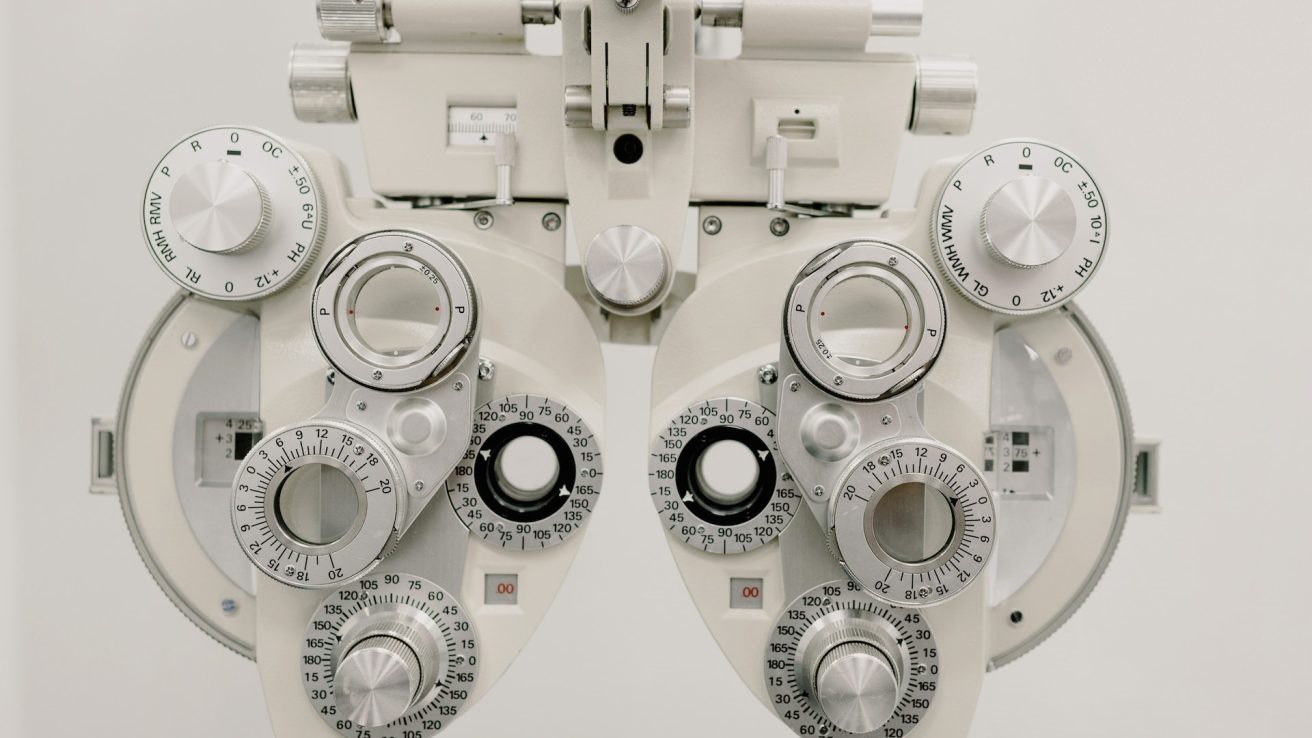Of the types of optic neuritis, NMOSD is shown to have the worst visual outcomes in a 10-year single-center study.
Each of the three types of optic neuritis—double seronegative optic neuritis (DN-ON), neuromyelitis optica spectrum disorder-related optic neuritis (NMOSD-ON), and multiple sclerosis-related optic neuritis (MS-ON)—exhibits different clinical characteristics. Different factors associated with each type of optic neuritis can impact visual recovery in patients, an understanding of which can influence treatment selection.
This study, published in the journal Vision, provides an analysis of data gathered from patients at a single center between 2011 and 2020, with visual acuity at the end of 12 months used as the treatment outcome. Data were gathered from a total of 76 affected eyes of 61 patients. Thirty-three patients were diagnosed with DN-ON, 18 with NMOSD, and 10 with MS-ON.
Age Demographics Vary for Optic Neuritis, but Other Clinical Factors are Consistent
Patients with DN-ON had a median age of 41.2 years, those with NMOSD had a median age of 46.2 years, and those with MS-ON had a median age of 28.3 years. Baseline visual status in each group differed between NMOSD and DN-ON patients, as well as between NMOSD and MS-ON patients, although this metric was similar for MS-ON and DN-ON patients. No major differences were observed regarding the presence of pain, relapse, co-existing autoimmune conditions, duration of onset, or initial disc morphology between the groups.
NMOSD Is the Greatest Risk Factor for Severe Loss of Visual Acuity
Different factors were associated with poor visual outcomes, including the presence of a delay in commencing intravenous methylprednisolone (IVMP) treatment. NMOSD also showed worse visual outcomes overall. The data did not show any benefit of prompt IVMP treatment to improve visual acuity, but these data may not apply to NMOSD. Poor visual acuity at baseline for NMOSD-ON patients was 95.8%, while at 12 months it was 58.3%, and having NMOSD-ON was identified as the strongest risk factor associated with poor visual outcome.
Disc Morphology May Impact Visual Outcomes, but Data Aren’t Clear
Although some past studies have shown improved final vision in patients with NMOSD who have disc swelling at their initial visit, the statistical significance disappears at the final regression model. The data in this study support disc morphology not being a predictor of visual improvement, but more data is needed.
Source:
Kemchoknatee, P., Singhakul, C., Arjkongharn, N., Chainakul, M., Tangon, D., & Srisombut, T. (2023). A 10-Year Single-Center Study of the Clinical Characteristics of Optic Neuritis-Related NMOSD, MS, and Double Seronegative Optic Neuritis, Together with Factors Predicting Visual Outcomes. Vision (Basel), 7(1). https://doi.org/10.3390/vision7010016










